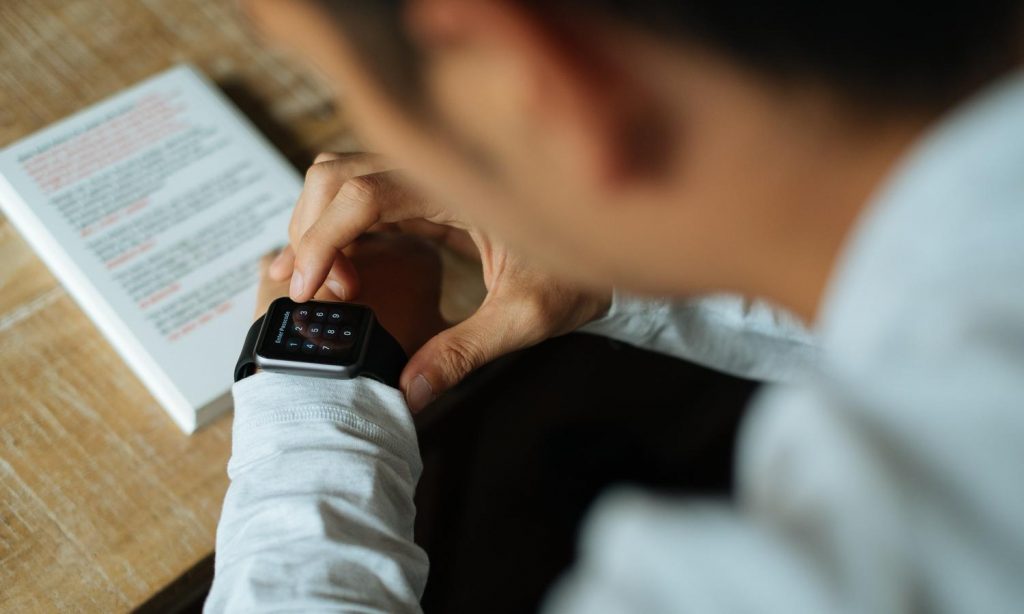Sometimes, it feels like the banking industry is one of the slowest to adopt new technology, and usually for good reasons. When it comes to their money, people are cautious of change and even more wary of new technology and the flaws it has.
Yet, the flow of technology never stops and now banking is starting to move with it. As the IoT continues to grow in popularity, financial institutions are finding ways to implement devices into their services while still maintaining security.
Accessing Accounts with Multiple Devices
With IoT devices all around, there are more places than ever where you can check things like the weather, get updates on sports, or even keep track of how many steps you’ve taken that day. Why would checking how much money you have be any different?
With devices like smartwatches and home assistants like Alexa, getting a quick update on your account balances is extremely convenient. Rather than having to fully log in to your account on your phone or computer, you can just tap or ask what your current balance is. 1st Source Banking’s smartwatch app does all that, letting users check account balances and receive alerts without having to log in. Capital One has a similar service for Alexa for checking balances.
Security is the biggest concern when it comes to letting IoT devices access your bank accounts. Most only let you view account balances and nothing more. If the future is going to have IoT devices that enable things like simple transfer between accounts, there will need to be security measures in place. This could mean a passcode to authorize home assistants or a fingerprint scanner on smartwatches.
Complete Control over your Cards
Have you ever lost your card and had to call the bank to cancel it, only to find it the next day wedged in between your couch’s seat cushions? But since you cancelled the card, now you have to wait for a new one to come in the mail.
Many financial institutions are creating apps to solve this problem and more when it comes to your debit and credit cards. These apps give you better control over your cards with a variety of features. This includes temporarily pausing a card, which could be useful in a variety of ways. Thought you lost a card, but haven’t torn your home apart looking for it? Pause it! Have a teenager who is going to the movies when they should be at school? Pause their card.
These kinds of apps do more than just pause a card too. The Card Control app from Credit Human allows members to set spending limits per transaction, allow your card to only operate in specific locations and even limit what merchants it works with.
Video Chat with your Bank
For many people, getting to the bank physically is difficult or close to impossible, thanks to not being near a branch or just being too busy to make it during their business hours. Yet there are some things you can’t do online by yourself or that you want a professional to help you with. With practically every smartphone equipped with a camera, video chatting with your bank is a growing popular option.
Pioneer Federal Credit Union’s myPioneer Personal Assistant app is a good example of this in practice. The app allows their members to do a lot of what is handled in branches: like applying for a loan, opening new accounts, and getting expert advice when needed.
Financial institutions can quickly become much more accessible to everybody, including those with disabilities or very busy lives. They can get the same face to face service they can in a physical location from anywhere in the world.
Making Payments Without the Cards
Thanks to advances in technology, you don’t even need your debit or credit card to make purchases at the store. With specific apps and the right tech, you can make purchases by simply tapping your smartphone or smartwatch to a sensor and make a payment that way.
There are a few third-party apps that allow this kind of payment, mainly being Apple Pay, Samsung Pay and Google Pay. These digital wallet apps give a high amount of convenience to users and are growing in popularity.
For situations where cash is needed, some of these digital wallet apps are compatible with ATMs. Most financial institutions are doing their best to upgrade and improve ATMs to better serve their users. A single tap to get access to the appropriate account and then getting the cash they need, no card required.
How the general population handles their finances is changing and financial institutions will need to keep up. The IoT is allowing people constant and easy access to information, and that includes their money. While security will always be a concern with IoT and finances overlapping, as the technology improves, more and more people will adopt it.
